Arsenal (1929)
“Hurry up, brothers — Arsenal is dying!”
|
Synopsis: |
|
Genres, Themes, Actors, and Directors:
Response to Peary’s Review: One should be forgiven for not immediately understanding the nuances of this very-specific slice of time, which is likely not well known to anyone other than Russian history buffs — but suffice it to say that this second of three films in Dovzhenko’s “Ukraine Trilogy” does indeed have a “story [that] is hard to follow at times” (most of the time!) while also containing “a succession of images (many used symbolically) [which] have amazing force.” Peary calls out a number of especially memorable scenes, including “a one-armed farmer standing in the field with his skinny horse”: … “a funeral procession in the snow”: … “the bourgeois reacting with fear when the motors of the arsenal come to a halt”: … “the portrait of a revolutionary leader, Shevtshenko, coming to life”: … “and, in an uplifting final shot, our own hero… standing firm”: … though Peary surprisingly leaves out an impactful early sequence in which a bald, bespectacled German soldier becomes insane from laughing gas: Unfortunately, the film’s lack of narrative clarity — coupled with our overall ignorance of the specifics of what’s going on — make for a frustrating viewing experience; this one isn’t must-see other than for fans of early Soviet cinema. Redeeming Qualities and Moments: Must See? Links: |



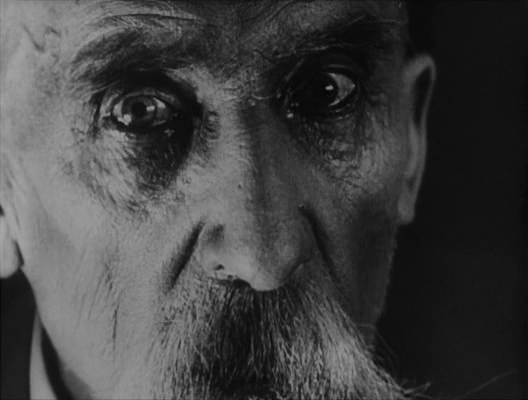
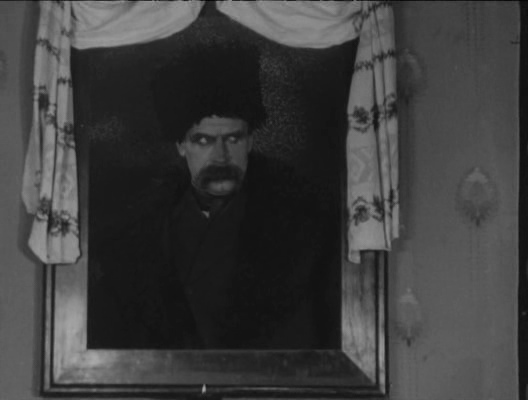
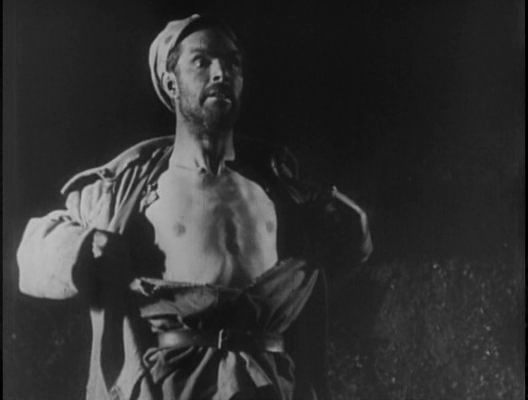
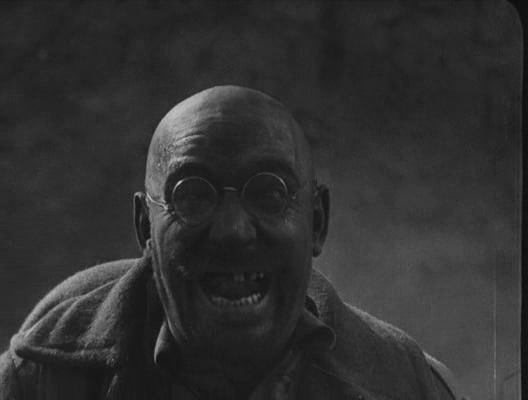
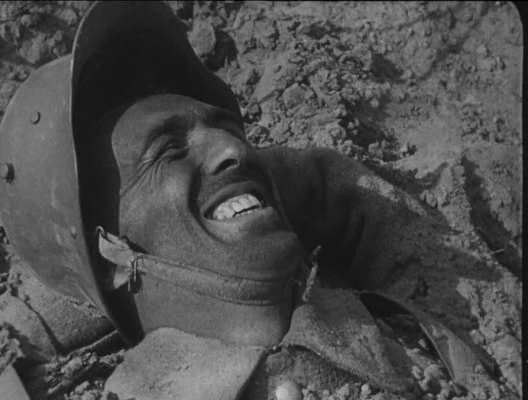
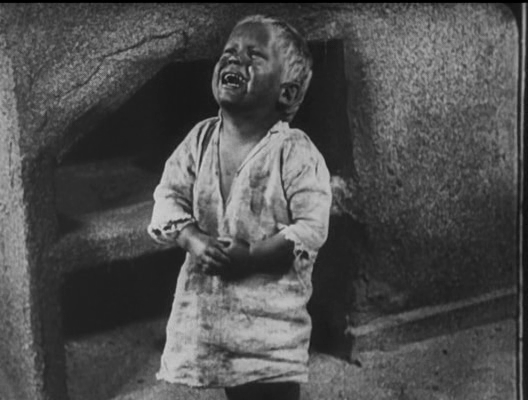
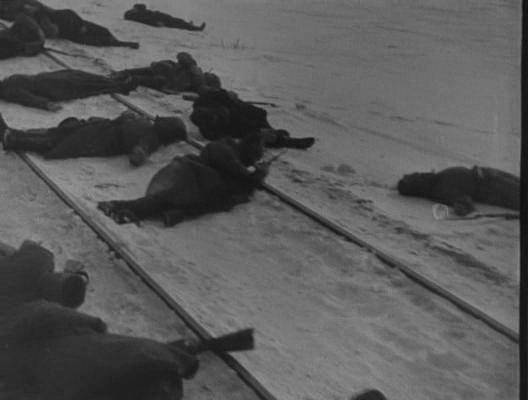
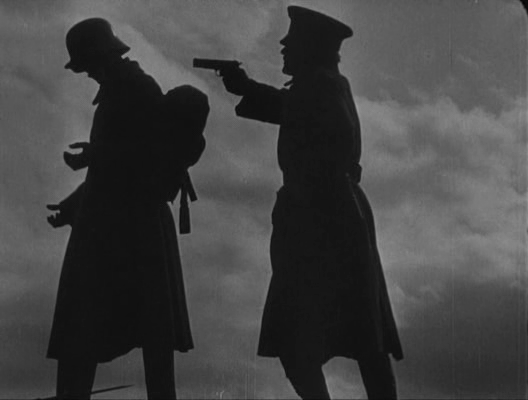
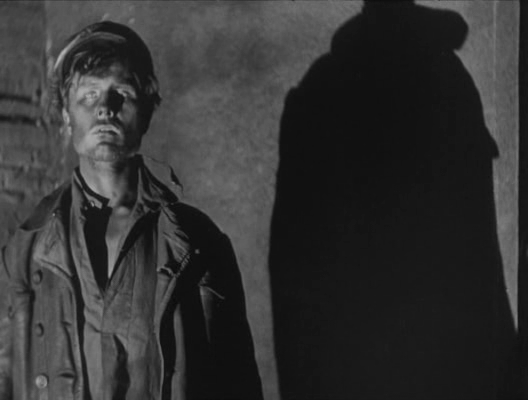
One thought on “Arsenal (1929)”
First viewing. Not must-see – and in agreement with the assessment, esp. the following: “the film’s lack of narrative clarity — coupled with our overall ignorance of the specifics of what’s going on — makes for a frustrating viewing experience.”
That said, the viewer can still sense a strong power behind what’s presented – and, no doubt, a deeper knowledge of Russian history would give way to a deeper appreciation of the film.